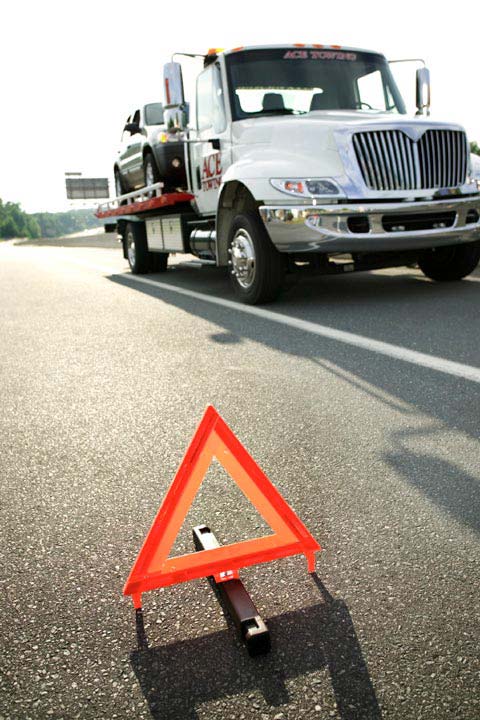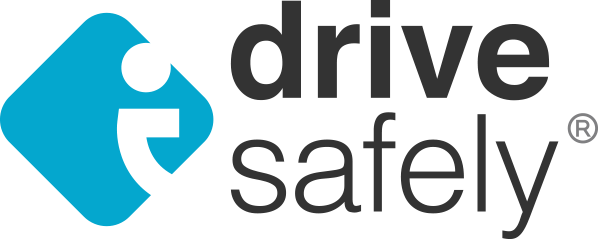How to Handle Brake Failure

Call for help if your brakes fail.
What to Do If Your Brakes Fail
You’re driving along normally, and when you encounter a red light, you press the brake pedal—but nothing happens. You push it all the way to the floor, and still, nothing—so what do you do? It’s a terrifying scenario, and it almost always happens unexpectedly. Typically, brake failure happens when you’ve lost a lot of brake fluid or you have worn brake pads—leading to malfunctioning brakes. If you should ever find yourself in this situation, follow these steps to handle it safely.
Downshift Right Away
Don’t panic: you can manage this situation. The first thing you should do is put your car into a lower gear, as smoothly as possible. This applies for both manual and automatic vehicles. This will slow down your car, and it may allow you enough time to pull over safely.
Things To Avoid:
- Downshifting too quickly—this could cause a skid.
- Putting the car in neutral—it will take away the engine braking effect.
- Shutting off the car—you won’t have power steering.
If you have regular brakes (not anti-lock brakes), you can try pumping the brakes quickly—this should help build up brake fluid pressure. If after 3 or 4 pumps your brakes still aren’t working, move on to the next step.
Apply the Emergency Brake
Next, you should use your emergency brake. Don’t count on it to bring you to a full stop, but at the very least, it should help you slow down. It goes without saying that you need to be aware of where your emergency brake is located—some cars use a hand-activated lever, while others have a small pedal to the left of the gas and brake pedals. It’s a good idea to try your emergency brake when you are driving at a slow speed to see how powerful it actually is (use an empty parking lot or other area where there are no drivers around).
Pull Over
Turn on your hazard lights, and move toward the right side of the road to pull over. Be very careful if you must change lanes to get over—use your mirrors to watch the traffic around you, and signal to other drivers to let them know that you are moving over. Try to use what’s available to you to stop your car, like driving onto grass if there is some off the road.
Have Your Car Towed
Even if you manage to get your brakes working again after a malfunction, you should pull over and call for a tow truck, or AAA. You need to have your car taken into a repair shop for inspection. It’s far too dangerous to attempt to continue driving.
Routine brake maintenance should prevent a scenario like this from happening, so be sure you’re keeping up with your car care!










